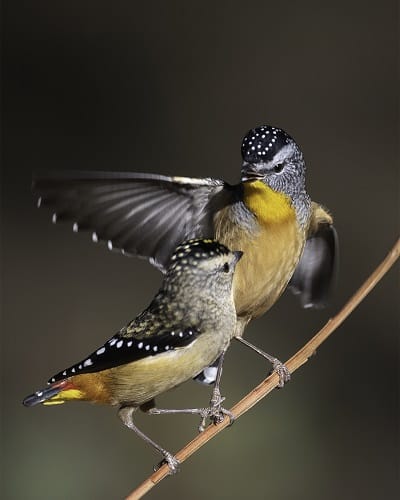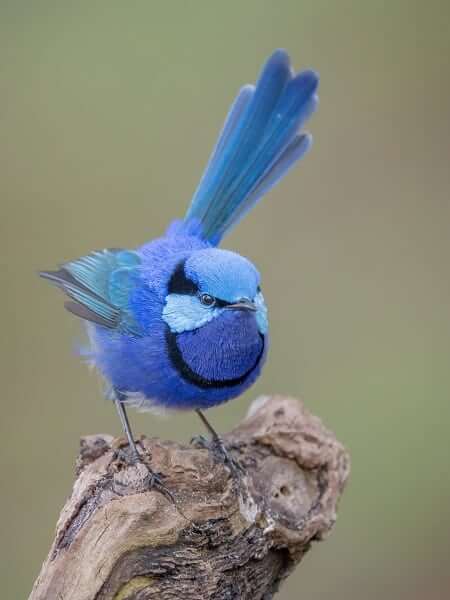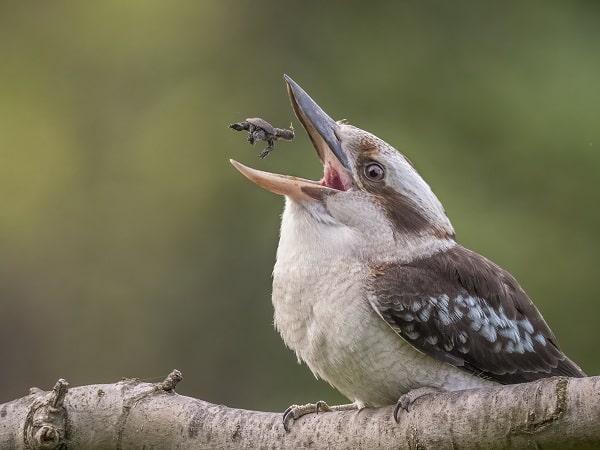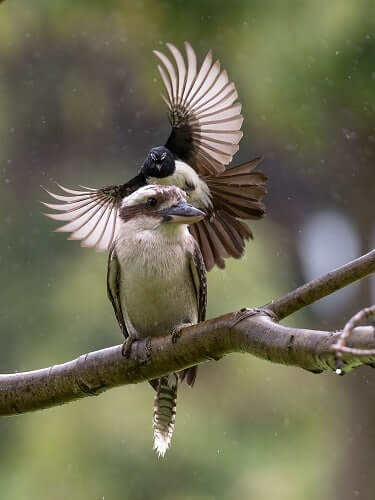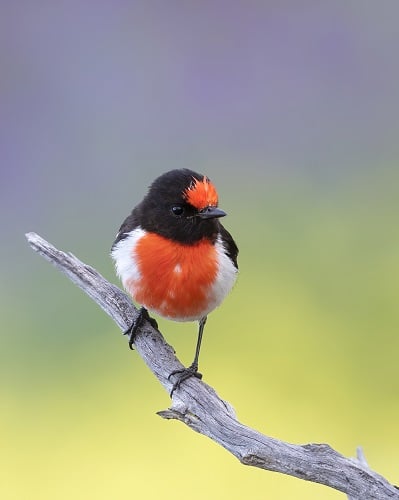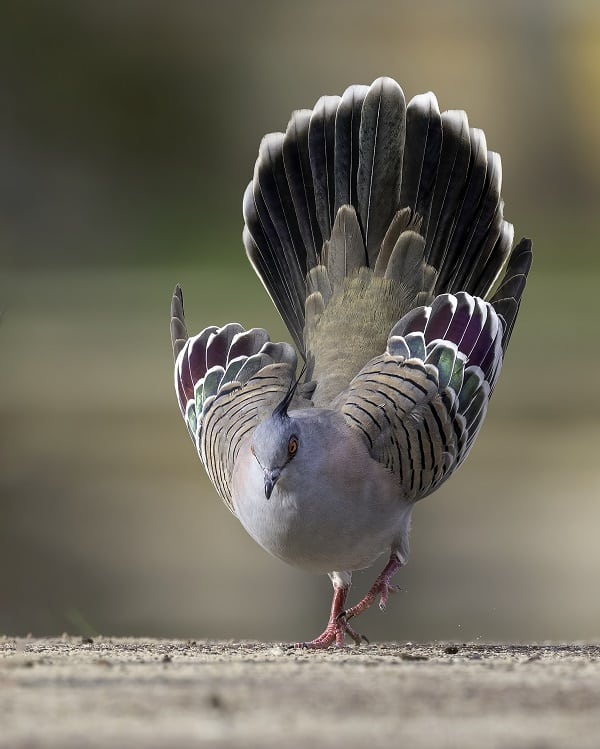It’s Sunday night and bird photographer Naidu Kumpatla has just returned to his Perth home from a weekend at Camel Soak in outback WA.
The 800-km roundtrip was in pursuit of one – yes, one – feathered creature. Known as Major Mitchell’s Cockatoo (Lophochroa leadbeateri), this salmon-coloured cockatoo is currently nesting there. With its striking red and yellow crest, especially against the arid surrounds, it is sure to make a spectacular picture.
Naidu did not get the shot.
But there’s no hint of disappointment in his voice, only enthusiasm.
“I’ll go out again next weekend,” he tells Indian Link with promise. “Don’t want to miss this chance before summer sets in.”
If you’re on birding platforms yourself, or follow bird and nature photography on your social media, you’ll have seen Naidu’s work. The 35-year-old’s photographs are often picked up by the ABC.
Not only is his photographic work a testimony to his love of birds, but the passion also comes through loud and clear when he talks about his winged friends.
Of course, he doesn’t usually have to travel as far as the outback for his clicks.
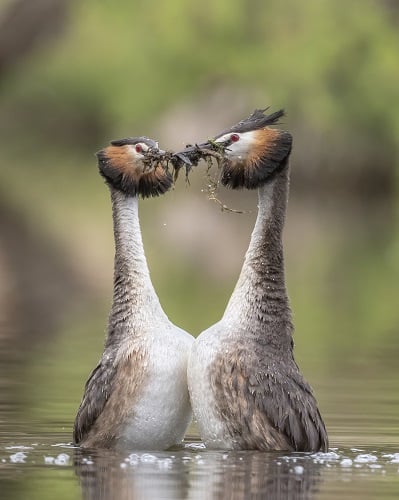
He has some stunning images of the Great Crested Grebe, currently birding in Perth.
“I’ve been out to see them every day, starting at 5.30 am, before starting work at 8.30,” he describes. “I’ve got some great shots. They are aquatic birds native to Australia, with long necks. These days the chicks are out, always on the mother’s back.“
Naidu has learnt a lot about these birds, watching and observing.
“They spend the season in monogamous pairs, taking turns to sit on the eggs. I got a few great shots of their typical courtship dance earlier on, in which they dig up reeds of grass from within the water and offer them to each other. This ‘weed dance’ is an amazing behavioural trait specific to this species. The weeds are used to build their nests.”
The Grebes allowed Naidu to come close – even 4-6 feet, allowing him shots of the nest eggs.
(It’s an important insight he’s gained while bird-watching: “Birds in Australia are much less shy than birds in India. Using the same focal length, I’ve captured many more intimate shots here.”)
One of his most talked about images also came only 2 km from where he lives – Perth’s famous Queens Gardens.
It’s a shot of the common kookaburra feeding on baby turtle hatchlings.
“The image caused much debate on social media, because the turtle species is endangered,” he recounts. “The kookaburra itself was introduced to WA in the 1900s to reduce snakes but is now feeding on other local natives. My thoughts? It’s nature!”
This profile-lifting shot came when COVID had restricted his work to two days a week, which meant he spent the rest of the week working his camera.
READ ALSO: Wildlife photographer Aditya Nair captures ‘the essence of Africa’
Although his daytime job is in hospitality (as director of revenue at a local resort), Naidu has always been attracted to wildlife and nature. Growing up in India, he bushwalked in the forests of his native Hyderabad, with a basic camera in his hand. When he got his first bird shot, he was hooked.
“It was the Indian paradise flycatcher, a small bright-coloured bird with a long tail that appears ribbon-like when it is in flight. I fell in love.”
Soon after, he acquired his first piece of equipment – a lens worth Rs 1.5 lakh (nearly $3000).
Today, he’s looking forward to buying himself a mirrorless camera worth $9,000, and lenses worth $26,000.
“Technology has changed now. From pro-level DSLRs we’ve moved to mirrorless cameras, easier to use and much more advanced to capture action shots.“
It’s an expensive hobby, he agrees, admitting wryly that his wife often drops hints about when they’ll get into the property market.
“Apart from funds, you also need plenty of patience if you want to get into birding, and time, and willingness to travel.“
The longest he has had to wait to get a shot of a bird?
“Three years. It was a Crimson chat, a small sparrow-like bird with bright red head and red underbelly. It comes to WA in a season of 3-4 months. When I finally got the shot after years of tracking, I felt like I’d won the lottery!“
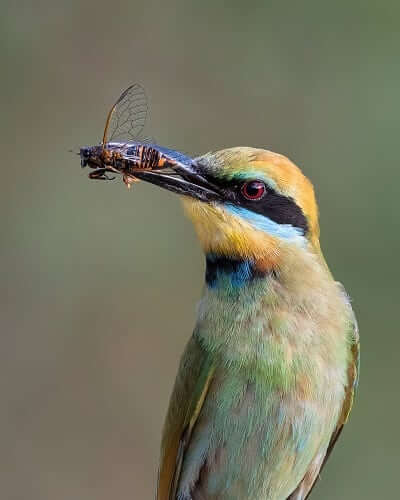
His patience has no doubt paid off, as his images began to win him small competitions, get shortlisted for Australian Photographer of the Year, and sell more and more.
Nevertheless, there are missed opportunities too.
“There’s plenty of those!” Naidu laughs. “Technical, factors, limitations of equipment, plus of course not being attentive, or just not quick enough. The rainbow bee-eater, also currently in Perth, has given much joy to photographers, especially as it tosses its prey into its mouth. But you’re aiming at the bird with a handheld tripod for a one-second action – there’s so much that can go wrong.”
The missed opportunities notwithstanding, we are sure Naidu will be out there again as the weekend comes up, his camo net and yoga mat in tow.
READ ALSO: Sharan Shetty wins big at iPhone Photography Awards 2021





